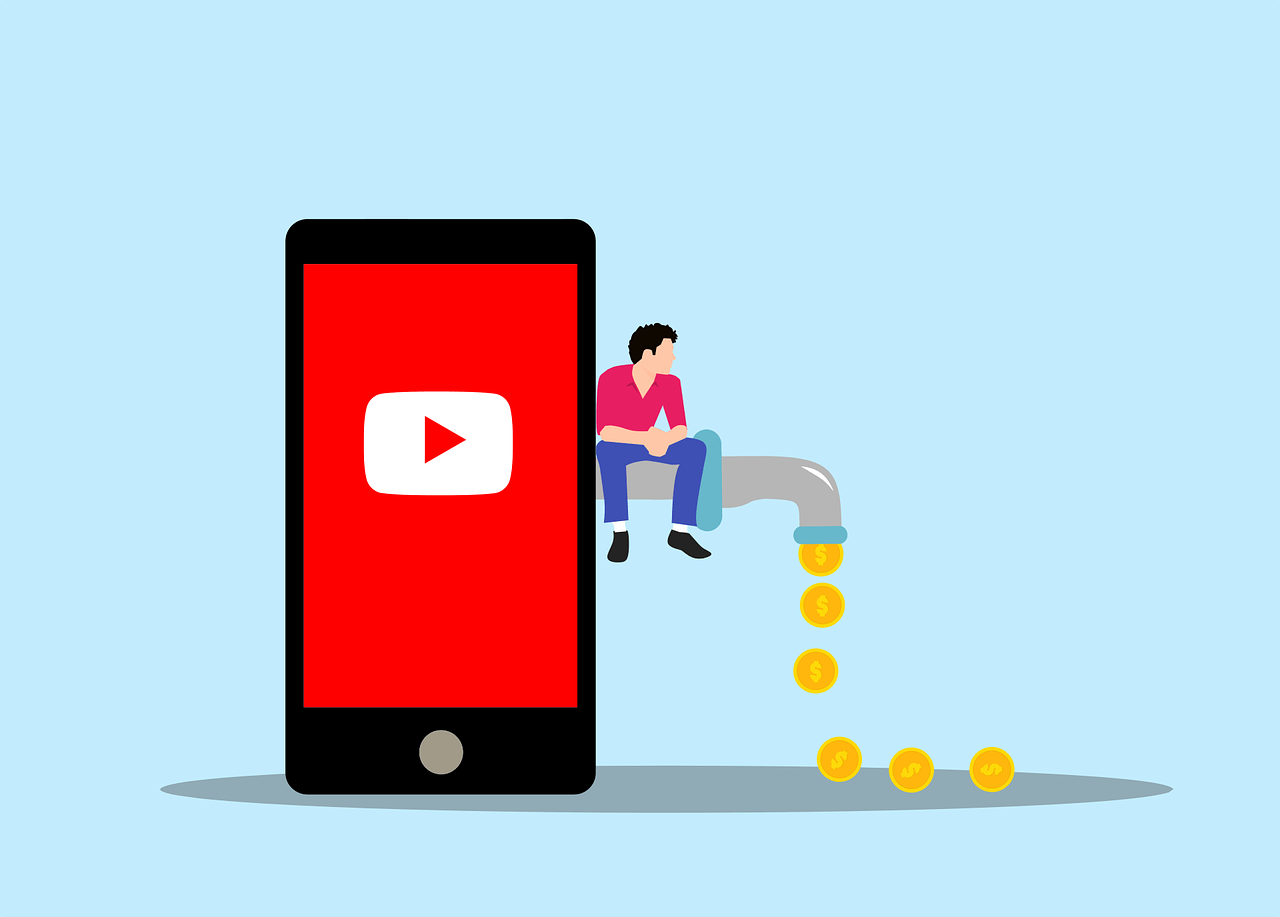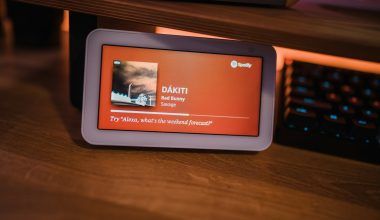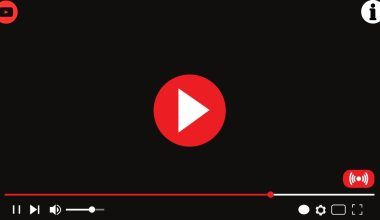In today’s digital age, platforms like YouTube have revolutionized the way musicians share their art and generate income. Understanding YouTube music royalties is crucial for any artist looking to maximize their earnings. This blog will dive deep into how these royalties work, how you can optimize your earnings, and tips to navigate the complex landscape of digital music revenue.
What Are YouTube Music Royalties?
YouTube music royalties refer to the payments made to artists, composers, and rights holders when their music is streamed on YouTube. These royalties are an essential revenue stream for musicians in the digital era. Understanding the types and calculation methods of these royalties can help you make the most of your content.
How YouTube Music Royalties Work
YouTube pays royalties in two primary ways: Ad Revenue and Subscription Revenue.
- Ad Revenue: Every time an ad is played on a video containing your music, you earn a portion of the ad revenue. This is known as YouTube AdSense.
- Subscription Revenue: YouTube Premium subscribers can watch videos without ads, and you earn a share of their subscription fee based on the streaming of your music.
Both these streams contribute to your overall YouTube music royalties.
Types of YouTube Music Royalties
There are two main types of royalties you can earn from YouTube:
- Performance Royalties: These are paid to songwriters, composers, and publishers when their music is performed publicly. On YouTube, this includes streaming videos that feature their music.
- Mechanical Royalties: These are paid to songwriters, composers, and publishers for the reproduction of their music. This can include digital downloads or streams.
How to Collect YouTube Music Royalties
To collect YouTube music royalties, you need to ensure your music is properly registered with a Performance Rights Organization (PRO) and a Mechanical Rights Organization. Here’s a step-by-step guide:
- Register with a PRO: Organizations like ASCAP, BMI, or SESAC in the US manage performance royalties.
- Register with a Mechanical Rights Organization: This could be organizations like the Harry Fox Agency in the US.
- Use a Content ID Service: YouTube’s Content ID system helps track your music across the platform and ensures you get paid when your music is used.
Detailed Steps to Register for PRO and Mechanical Rights
Registering with a PRO:
- Choose the Right PRO: Research different PROs like ASCAP, BMI, SESAC, and choose the one that best fits your needs.
- Sign Up: Visit the chosen PRO’s website and sign up as a songwriter, composer, or publisher.
- Provide Necessary Information: Fill in details about your music, including song titles, release dates, and other relevant information.
- Submit Your Application: Complete the registration process by submitting your application. You will receive confirmation once your music is registered.
Registering with a Mechanical Rights Organization:
- Research Organizations: Look into organizations like the Harry Fox Agency or Music Reports.
- Create an Account: Sign up on the organization’s website and create an account.
- Register Your Works: Provide detailed information about your songs, including ISRC codes, release dates, and album details.
- Maintain Your Catalog: Regularly update your catalog with new releases to ensure all your works are registered and protected.
How YouTube’s Content ID Works
YouTube’s Content ID is a robust system that helps you identify and manage your music on the platform. Here’s how it works:
- Upload Reference Files: You provide YouTube with reference files of your music.
- Scan and Match: YouTube scans videos uploaded by users and matches them against your reference files.
- Claim Options: When a match is found, you have several options: monetize the video (earn ad revenue), track the video’s viewership statistics, or block the video from being viewed.
- Earn Royalties: By choosing to monetize the matched videos, you earn a share of the ad revenue generated.
Maximizing Your YouTube Music Royalties
To get the most out of your YouTube music royalties, follow these tips:
- Optimize Your Video Metadata: Ensure your video titles, descriptions, and tags are accurate and keyword-rich. Use focus keywords like “YouTube music royalties” to improve searchability.
- Engage with Your Audience: More engagement can lead to more views, which translates to higher royalties. Respond to comments, create engaging content, and encourage viewers to like, share, and subscribe.
- Use Playlists: Organize your music into playlists to increase the total watch time of your content. Playlists encourage continuous playback, which can boost your overall views and earnings.
- Promote Your Music: Share your videos across social media platforms to drive more traffic to your YouTube channel. Collaborate with other artists and influencers to reach a broader audience.
- Release Regular Content: Consistency is key on YouTube. Regular uploads keep your audience engaged and coming back for more, increasing your potential earnings.
- Collaborate with Other Artists: Partnering with other musicians can help you tap into their fan base, bringing more views and subscribers to your channel.
- Utilize YouTube Analytics: Regularly check YouTube Analytics to understand which videos are performing well and why. Use these insights to create more content that resonates with your audience.
Common Mistakes to Avoid
While pursuing YouTube music royalties, avoid these common mistakes:
- Ignoring Metadata: Poor metadata can prevent your videos from being discovered. Always include detailed and accurate metadata to improve your video’s visibility.
- Not Using Content ID: Without Content ID, you may miss out on royalties from user-generated content. Ensure your music is registered and monitored through Content ID.
- Lack of Promotion: Without promoting your videos, you miss opportunities for increased views and earnings. Utilize all available platforms to share your music.
- Violating YouTube’s Policies: Adhere to YouTube’s community guidelines and copyright policies to avoid penalties and potential demonetization.
- Not Engaging with Your Audience: Failing to interact with your viewers can result in a lack of engagement and decreased viewership. Build a community around your channel by responding to comments and creating interactive content.
Understanding the Payout Process
YouTube pays royalties monthly, but there can be a delay of up to two months. The payout is usually processed through your linked AdSense account or a music distribution service if you use one. Here’s a breakdown of the process:
- Ad Revenue Collection: Ads are displayed on your videos, and revenue is generated based on the number of views and ad clicks.
- Revenue Calculation: YouTube calculates your share of the ad revenue, taking into account factors like viewer location and engagement.
- Monthly Earnings Report: At the end of each month, YouTube compiles your earnings into a report.
- Payment Processing: Payments are processed and sent to your AdSense account or music distribution service. Ensure your payment information is up to date to avoid delays.
Role of Music Distribution Services
Music distribution services can help manage your royalties and ensure you get paid accurately. These services distribute your music to multiple platforms, including YouTube, and handle the collection of royalties on your behalf. Here’s how they can benefit you:
- Wide Distribution: They distribute your music to all major streaming platforms, expanding your reach.
- Royalty Management: They collect and manage your royalties, ensuring you get paid for every stream.
- Promotion and Marketing: Many distribution services offer promotional tools and marketing support to help you reach a broader audience.
- Analytics and Reporting: They provide detailed analytics and reports on your music’s performance across different platforms.
Choosing the Right Music Distribution Service
When selecting a music distribution service, consider the following factors:
- Coverage: Ensure the service distributes to all major platforms, including YouTube, Spotify, Apple Music, and Amazon Music.
- Cost: Compare the pricing models of different services. Some charge a flat fee, while others take a percentage of your royalties.
- Features: Look for additional features like promotional tools, playlist pitching, and royalty management.
- Support: Choose a service with reliable customer support to assist you with any issues or questions.
Conclusion
Understanding and optimizing your YouTube music royalties is vital for maximizing your income as a musician. By registering with the right organizations, using Content ID, and promoting your music effectively, you can ensure a steady stream of revenue from your creative work.
Final Thoughts
In the ever-evolving landscape of digital music, staying informed about how royalties work and taking proactive steps to manage them can make a significant difference in your career. Make sure to leverage all available tools and services to maximize your YouTube music royalties and take your music career to new heights.
Frequently Asked Questions
What are YouTube music royalties?
YouTube music royalties are payments made to artists, composers, and rights holders when their music is streamed on YouTube.
How do I collect my YouTube music royalties?
To collect YouTube music royalties, register your music with a Performance Rights Organization (PRO), a Mechanical Rights Organization, and use YouTube’s Content ID system.
How can I maximize my YouTube music royalties?
Optimize your video metadata, engage with your audience, use playlists, promote your music, release regular content, collaborate with other artists, and utilize YouTube Analytics.
What are common mistakes to avoid when collecting YouTube music royalties?
Avoid ignoring metadata, not using Content ID, lack of promotion, violating YouTube’s policies, and not engaging with your audience.
How does YouTube’s Content ID work?
YouTube’s Content ID system matches user-uploaded videos against your reference files. You can then monetize, track, or block these videos to earn royalties.
What role do music distribution services play?
Music distribution services distribute your music to multiple platforms, manage your royalties, offer promotional tools, and provide analytics and reporting.
For further reading, explore these related articles:
- Tip for Growing Your YouTube Channel
- 10 Hacks to Double Your YouTube Income as an Musician
- How to Build a Music Portfolio Online
For additional resources on music marketing and distribution, visit Deliver My Tune.





